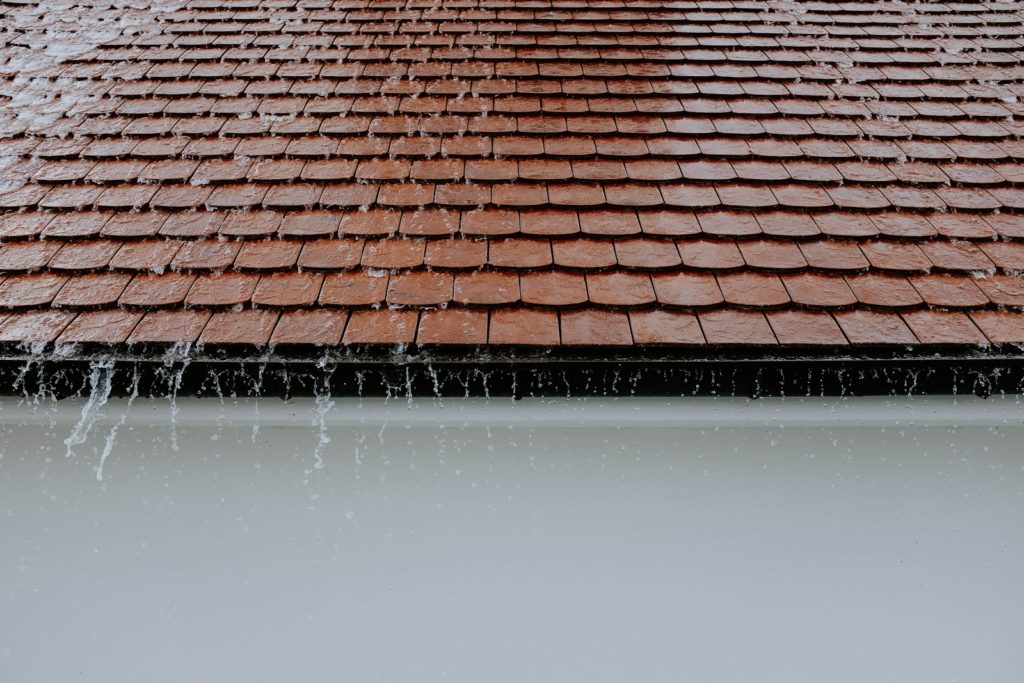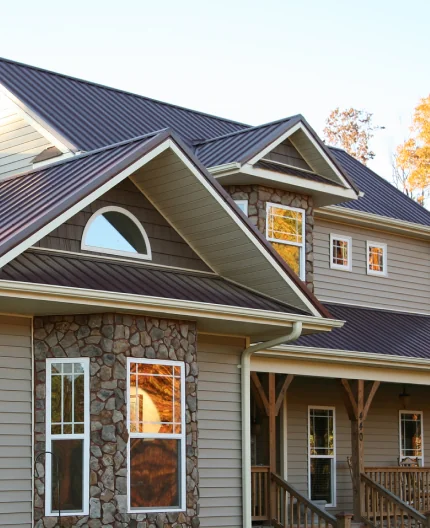How to Fix a Leaking Roof from the Inside
Published on Tuesday February 16, 2021
Learning how to fix a leaking roof from the inside allows homeowners to quickly suspend leakage that can cause water damage while the source of the leak is further investigated and addressed.
Find out how to stop a leaky roof from the inside in four easy steps so you can keep your home safe and secure.
Tackle Leaks Sooner Rather than Later
Roof leaks of any size and perceived severity should be taken care of as quickly as possible. Not only can a leaky roof cause incremental damage to the structure of your home over time, but it creates a vulnerability that can lead to much more catastrophic outcomes during periods of inclement weather.
Heavy rainfall can easily and rapidly transform a once small leak into an attic flood, allowing water to seep into your ceilings and walls—all the way down to the foundation of your home.
When it comes to fixing roof leaks, time is of the essence. It’s important to call an emergency roof repair service right away to repair the hole. If they can’t get to your home fast enough, however, there are some immediate actions you can take to delay further damage to your home.
How To Repair a Hole in the Roof from the Inside
1. Head up to the attic
You’ll need access to the source of the leak, or as close as you can safely get to it from inside, which takes you to the attic. Be very careful where you step as you navigate the attic. Putting weight on any sheetrock— especially if it’s been compromised by the leak—could result in a dangerous cave-in.
2. Locate the source of the leak
Note the drip patterns or angle of water flow to help you identify the source of your leak. Dry any standing water or puddles with sponges and towels, then place a bucket beneath the leak to collect dripping water. If you notice any severely damaged insulation, try safely removing it with an exacto knife and disposing the material in an outdoor trash can.
This will prevent mold spores from growing and circulating through your home’s ventilation system. If you do not feel comfortable taking this step on your own, wait for assistance from a roofing professional.
3. Make a roof patch
If you’re dealing with a relatively small leak and are able to leave your home for a quick trip, go to the local hardware store and pick up a small piece of plywood, roofing tar and a putty knife to make a temporary roofing patch.
Spread the roofing tar over the hole using a putty knife, being sure to completely cover the opening. Place the small piece of plywood over the tar, then spread additional tar over your patch to hold it in place.
Making a temporary patch for your roof leak is only advised if you’re unable to get immediate assistance from a roofing professional. It’s always better to work with a licensed contractor than attempt DIY hacks.
4. Map your leak
The only way to prevent a roof leak from causing trouble again is fixing the issue from the outside of the roof. Make note of where in your attic the leak is occurring to better approximate where on the outside of the roof the hole is likely located.
This will help the roofing specialist narrow the scope of their search when inspecting the exterior of the roof and expedite the repair process.
Does Your Roof Need Replacing?
Not every roof can be saved by a roof leak repair. More often than not, the best solution is actually a full roof replacement—and in some situations where you have a roof leak, your roof replacement could be covered by insurance.
Call the experts at Long Roofing or visit us online to get a quote and learn more about our industry-leading warranties.
Interested in Long Home Products?
See our special offers now.
*Excludes labor. Subject to credit approval.
**Excludes labor. Subject to credit approval.
One-day installs contingent upon municipal rules and regulations.
By submitting a form, I authorize Long Home to contact me with information about its products and services via mail, email, phone and/or text at the contact information provided, even if I am on the national do not call list. Long Home may use automated telephone technology to initiate calls to its customers. Calls and in person estimates may be recorded for quality and training purposes.







